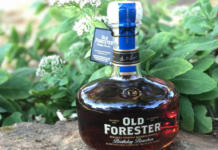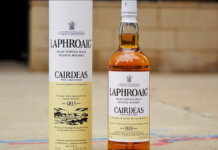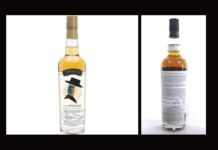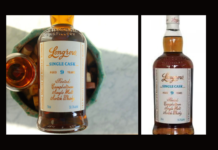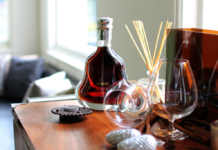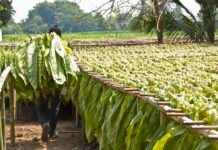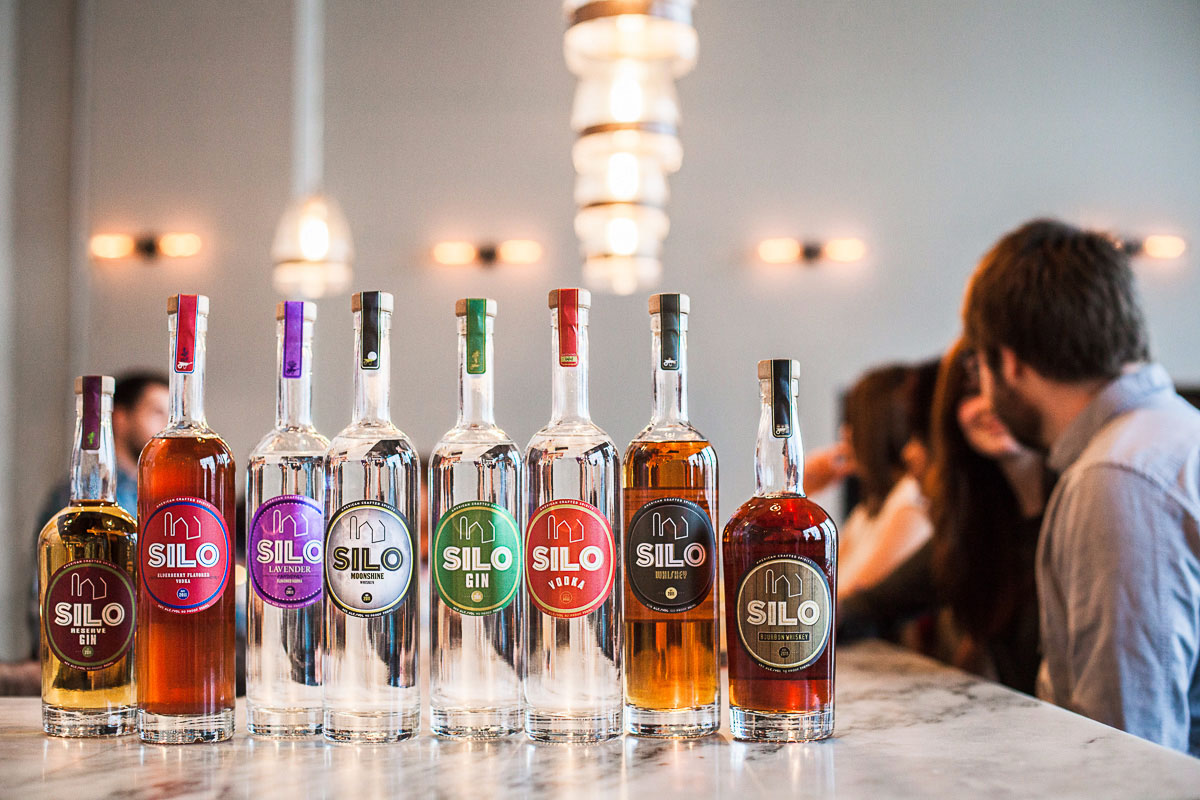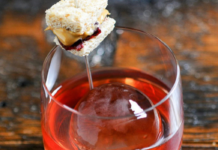Owners and Barnard residents Peter Jillson and Anne Marie Delaney began SILO in 2013, with the belief that in utilizing Vermont’s naturally rich bounty they could provide a wonderful Vodka for people looking for a local option. “I always knew I wanted to be back in Vermont. It’s where my family comes from, through eight generations. This is a place where handcrafted is a way of life, so why not a premium Vodka for vodka-lovers? I mean, a true craft product, made from start to finish right here in Vermont, by Vermonters.” We spoke to their head distiller Chris Maggiolo about making Vermont loved Whiskey.
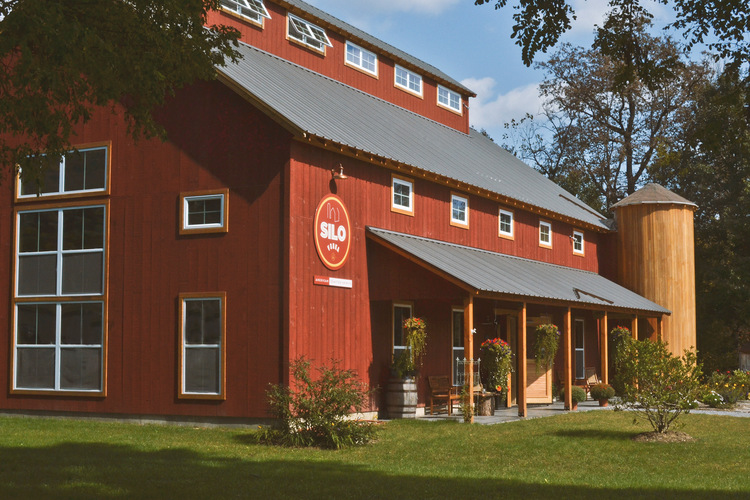 Chris, tell us a little about yourself. How did you get exposed to whiskey?
Chris, tell us a little about yourself. How did you get exposed to whiskey?
CM: Like so many others, my interest in whiskey and spirits began in college. People often laugh when I say that, but it’s true. I studied historical archaeology and my mentor quite literally wrote the book on the history of rum. I spent two summers in Barbados doing digs and historical research on both alcoholic and herbal beverages. From there, I was hooked. I worked in the wine industry for a bit in VA and in 2011 I moved to Boston to get my masters degree in gastronomy at Boston University.
For four years I volunteered with brewers and distillers in the Boston area while simultaneously working with Beverage Media Group and studying the craft beer and spirits industries. I took a particular interest in aged spirits – especially whiskies and scotch. Whiskey has such an interesting history, from its days as medicinal uisce beatha in Ireland (uisge in Scotland) to its use as currency in the Revolutionary War and beyond. Always a sucker for a good story, these histories are what really got me into whiskey.
As a Master Distillery, can you share with us some skills and attributes a master distiller posses to make a great tasting whiskey?
CM: I understand the term Master Distiller is the norm, but it’s really one that I don’t care to use to describe myself. I’m only 29, so head distiller seems more apt. There’s always so much to learn. Maybe fifty years from now, when I’ve been doing this for a lifetime, I’ll accept Master Distiller. Until then, I’m as much a student of the craft as anyone else.
That aside, I’m a firm believer that distilling requires a sense of art as well as science. I’ve always been a hobby musician and so many musical skills apply to distillation. The ability to focus intently on, even to get lost in, one thing while still being aware of your environment is important. The still is an instrument. It has to be tuned and attended to with the same care as a guitar or saxophone. Whiskey, or any spirit, would be our music and requires expression in order to be a truly great product.
The distillery is always moving, always working. As I’m writing this, I can hear the pitch change in our mash tun. Our distillery is entirely manual, and this change in tone indicates to me that it’s approaching a temperature hold, and I should go check in on it. The little things are so important and a distiller has to be in tune with them in order to keep everything moving
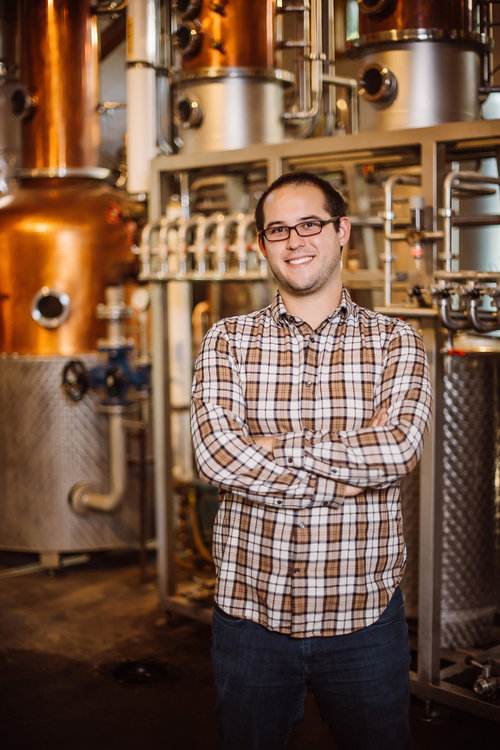 That’s very interesting. I never though of it like that. Thanks for clarifying that up Chris. Can you give us a bit of history on Silo Distillery. Who is the Founder(s). What was their vision for the distillery.
That’s very interesting. I never though of it like that. Thanks for clarifying that up Chris. Can you give us a bit of history on Silo Distillery. Who is the Founder(s). What was their vision for the distillery.
CM: SILO Distillery was founded by Peter Jillson, an 8th generation Vermonter, in 2013. A vodka connoisseur, he wanted to produce a Vermont vodka out of Vermont ingredients. Since then, we’ve expanded our product line to include our vodka family, gin family, and whiskey family. Vermont is a hotbed of craft food production, and we really hope to communicate SILO as an innovator grounded in the roots of the region.
Also, what makes a great dram?
CM: A great dram takes you somewhere. A great dram encourages conversation or meditation. There’s a story in every glass.
What Whiskey expression(s) do you currently produce? Do you source the ingredients locally?
CM: We are currently producing three whiskies. SILO Bourbon is 70% Corn and 30% Rye, aged 8-12 months in 10 and 15 gallon barrels. SILO Whiskey is a 100 proof whiskey comprised of 50% corn and 50% rye, aged in our used bourbon barrels. Aisling (pronounced “Ash-ling” and named after a gaelic word for “dream” or “vision”) is 100% wheat aged with charred Vermont ash wood staves. We also produce Solstice, which is a pseudo-whiskey distilled directly from UFO White beer. All of our grain is grown here in Vermont by Grembowicz Farm in North Clarendon. Soon we’ll be use a Vermont cooperage too, and we will be moving to 30 gallon barrels.
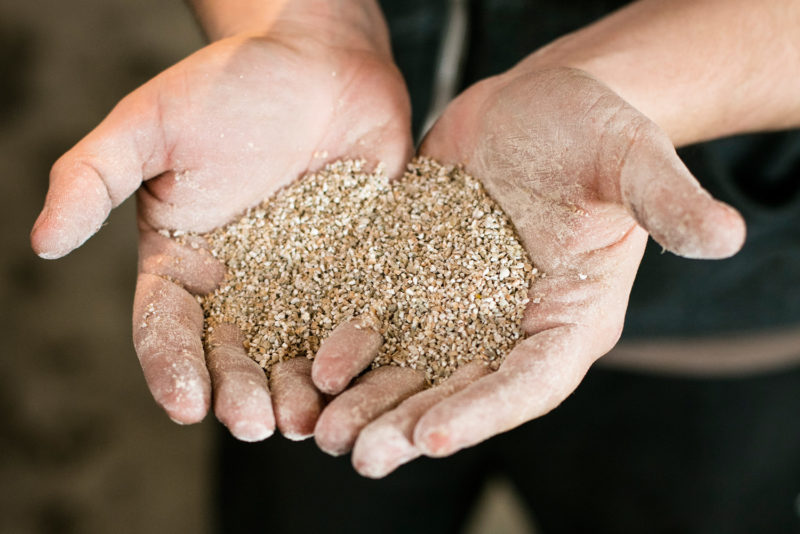 Does the climate and geographic location influence the maturation process.
Does the climate and geographic location influence the maturation process.
CM: Of course. Vermont sees temperatures in the 90s and above during the summer and frequently hits single digits in the winter. It never gets that cold in the building, but that expansion and contraction of the spirit inside the barrel definitely influences the maturation process. We don’t see as much influence in our current whiskeys as they only age for a short period, but I’m excited to see the effects as we age to two years and beyond.
Can you walk us through the distillation process from the grain to the wash to the glass.
CM: As I mentioned earlier, everything here is done manually. We have a pallet jack but no fork lift. We unload about 10,000 pounds of grain by hand every week to ten days. We roll a pallet over to our mill room and load a run. Each bag gets carried up a short ladder and is fed into our hammer mill, which crushes the grain to the consistency of grits. The grain is fed up and augur and is dropped into our mash tun while water is being fed in. Our mash takes six or seven hours. We begin heating with steam, adding an enzyme to help with liquefaction. We’ll hold the temperature to allow the enzyme and heat to gelatinize the starches. Then we’ll begin cooling. We add a second enzyme to help with saccharification – the conversion of starches into sugars. And another hold. Then we’ll cool and pitch our yeast.
We ferment for a week to maximize ester and congener production, and then we begin our stripping runs. The wash goes in around 8-10% ABV and the alcohol gets stripped out, resulting in low wines around 30-35% ABV. These get proofed down a bit and go back into the still for a finish run.
During the finish run, we wait until the proof hits about 160 at which point I start tasting, smelling, and feeling the spirit to determine my cut. We tend to be pretty conservative with our cuts, wanting to maximize flavor but also smoothness. At the moment, we don’t have the real estate to hold onto heads or tails for reuse in subsequent runs, but it’s something I’d like to do in the future.
Once we make our cuts and the distillation is complete, we’ll pump into barrels. I taste the barrels on a regular basis and once aged, we’ll blend, bottle, sell, and serve.
How does your whiskey stand out from all the other whiskey in the market?
CM: I prefer a whiskey that tells a story of where its been. As a result, I tend to make cuts which favor a smoothness and sweetness that encourages grain notes. We lose a bit of brightness which some whiskies showcase well, but I prefer that middle-third cut and the nice grain-forward character which tells stories of Vermont – of Jeff Grembowicz and his farm. Aisling is completely unique. Wheat provides a nice, clean slate for flavor and the ash wood aging promotes some really unique flavors: A lot of toasted almond and marshmallow with some classic ash wood undertones – a hint of sweetly charred wood without the smokiness. A lot of people up here burn ash, and we frequently get pleasant responses that it reminds people of a night in front of the fire. I’ve not had a whiskey like it.
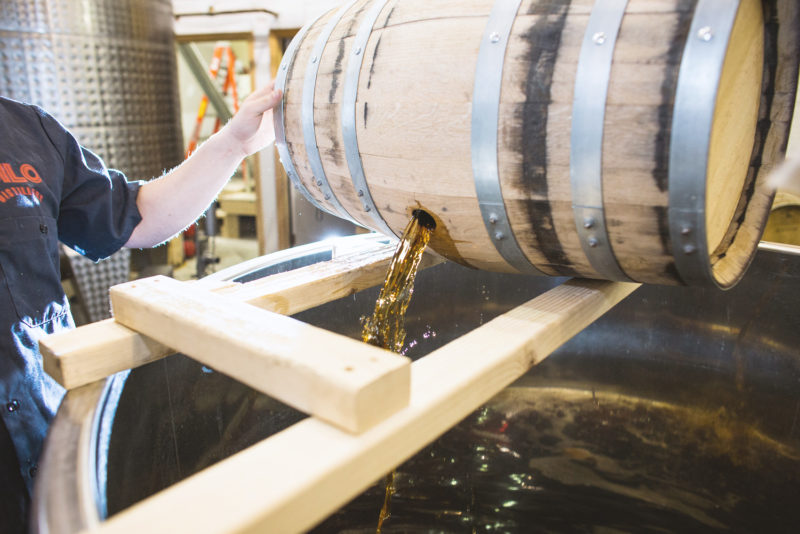 Do you have any role models in the industry you look up to or have helped you along the way?
Do you have any role models in the industry you look up to or have helped you along the way?
CM: I’ll be forever grateful to Spencer McMinn and Matt Nuernberger at GrandTen Distilling in Boston, where I learned so much from both of them. Spencer’s a brilliant chemist and an inspiring distiller, and they both taught me a lot about the craft. In particular, working with Spencer instilled in me the belief that innovation and collaboration are very much alive in the spirits industry and, much like the craft beer industry, will be a defining feature moving forward.
“A great dram takes you somewhere. A great dram encourages conversation or meditation. There’s a story in every glass.” – Chris Maggiolo
Where do you see the distillery 5 years from now?
CM: We’re doing really well. In 5 years, SILO will be a well-known, established, and thriving name in the industry. I hope that we’ll have an exciting rotating line of limited releases which push consumers’ understandings of what spirits can be and what stories they can tell. I also hope that, 5 years from now, we’ll be getting ready to release some six year bourbon. But we’ll see about that.
Are you looking to one day do some sherry or port type cask finishes?
CM: I’m definitely expecting to play with fun finishes. I’d like them to represent the region. I’ve plans to work with local and regional wineries, and perhaps even some rum cask finishes. I do love The Balvenie’s Caribbean Cask.
What was your first dram, is there a story behind it?
CM: My first dram was, ironically, in Barbados when I should have been drinking rum. Rain had rolled in and halted our dig at Saint Nicholas Abbey plantation. We walked a half mile down to the small rum shop to wait for the bus, but we had time to kill. The bus only came a couple times each day, and this wasn’t one of them. An old hand named Griff had acompanied us – he was a nice man, always with a smile on his face, and he knew everything about everything on the island. Naturally, 20-year-old me needed to find everything out so I stuck to him like glue. We arrived at the shop and he invited me to sit down with him. I obliged and was surprised when he ordered not the customary rum, but rather a 375 mL bottle of Johnny Walker Black Label and a bowl of ice. He and I sat there for three hours – I missed the first bus – and nursed that bottle. So, nothing fancy, but a dram that encouraged conversation and camaraderie. To this day I think I managed to stumble upon the only regular scotch drinker in all of Barbados. I still fondly think of him whenever I drink scotch.
Anything else you’d like to share with the readers of Tastethedram?
CM: We live in exciting times. Don’t be afraid to sample local flavor. Spirits have a rich history and we in the craft spirits industry have barely scratched the surface. I think that the spirits industry is taking notes from the craft beer industry, and we’ll soon start to see US whiskey challenge the definition of what makes a whiskey a whiskey. That, I think, is incredibly exciting.





